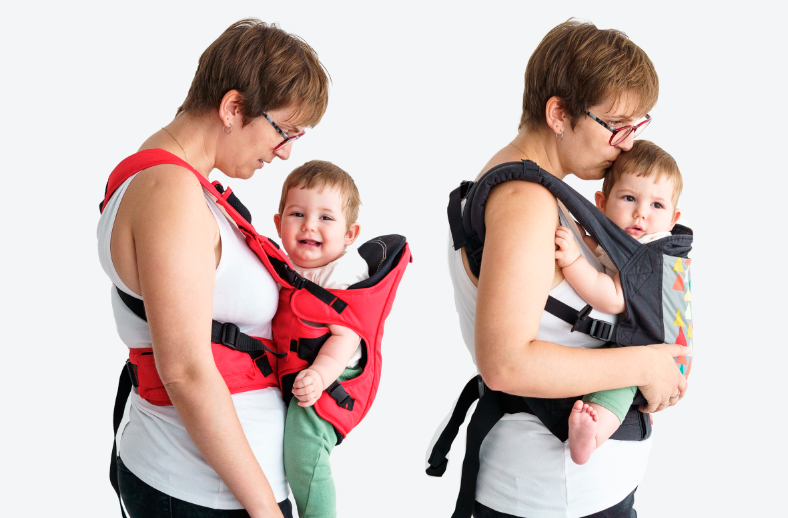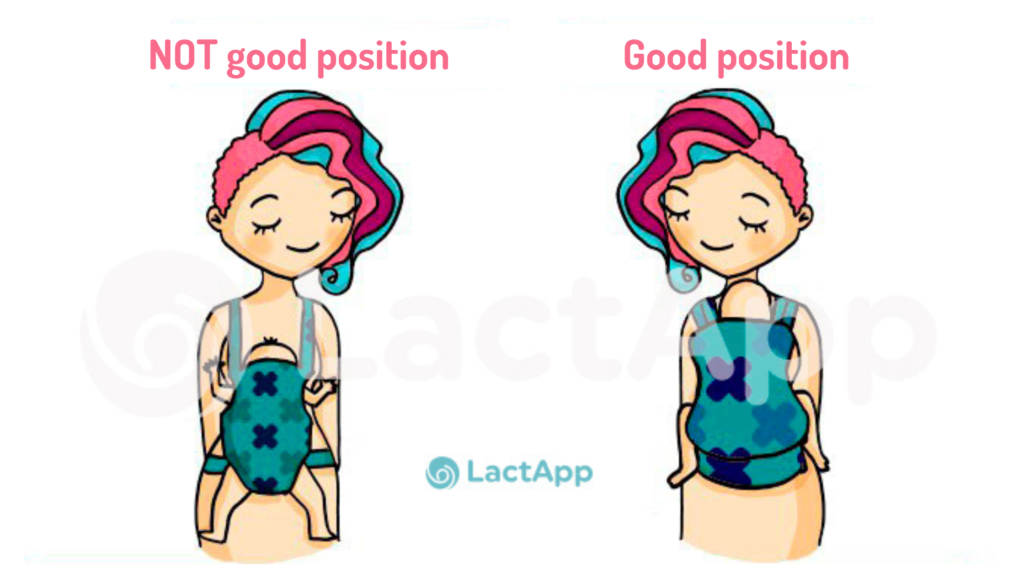
How do I know if my baby carrier is well-designed?
Baby carriers are a wonderful and convenient way to get around with a baby. But a classic concern when it comes to baby carriers is:
Is my baby carrier really well-designed?
Well, we believe baby carriers are not either well-designed or not.
When we talk about well-designed, what we really mean is adaptability. Therefore, we will talk about a good position and not about well-designed baby carriers, and we will consider whether baby carriers will adapt as much as possible to babies, who change their physiology as they grow, and to the mother or other adult who carries the baby.

Therefore, when choosing a baby carrier, we need to look out for one that adapts as much as possible to the current circumstances, which basically will be the physiology of the baby, taking into account their size, age, and condition, how the baby carrier is made, and also how long we want to carry with it.
We need to check a few things to see if it adapts and works well.
What to look out for

- The baby should be positioned at a reasonable height, on the one hand, so that the adult’s center of gravity is respected and comfortable, and on the other hand, to see the baby’s face. Therefore, ensure the baby’s head is at the right level so you can kiss it (do the kiss test).
- The baby’s pelvis should be tilted forward so that the hips are in the optimal position and the back is also rested and well supported.
- Baby’s legs should never dangle, no matter their age. If their pelvis is naturally tilted, the baby’s knees are always above their buttocks.
- Baby carriers with rigid parts or padding in the panel area do not allow a correct adaptability of the carrier to the baby’s back.
- The baby’s back should be covered, providing support for the entire spine, from the tailbone to behind the ears, without hindering the mobility of their head.
- The baby’s weight should be well distributed on the adult’s trunk without falling expressly on any particular point, such as the cervical or lumbar spine.
- Baby carriers that allow the baby to be carried in a forward-facing position are never recommended because they do not respect the baby’s physiological position. They leave the baby hanging or half-sitting, with a straight or twisted back, and they also lead to over-stimulation due to the lack of protection.
If you wonder whether your carrier is well-designed or not, check that it complies with all of these previous points as a checklist. If it does not, you will have to assess whether it is suitable for your baby.
If your baby refuses babywearing, you can find more information in this article. You can find babywearing consultants who can help you make the right choice, learn the best tricks, and answer your questions.